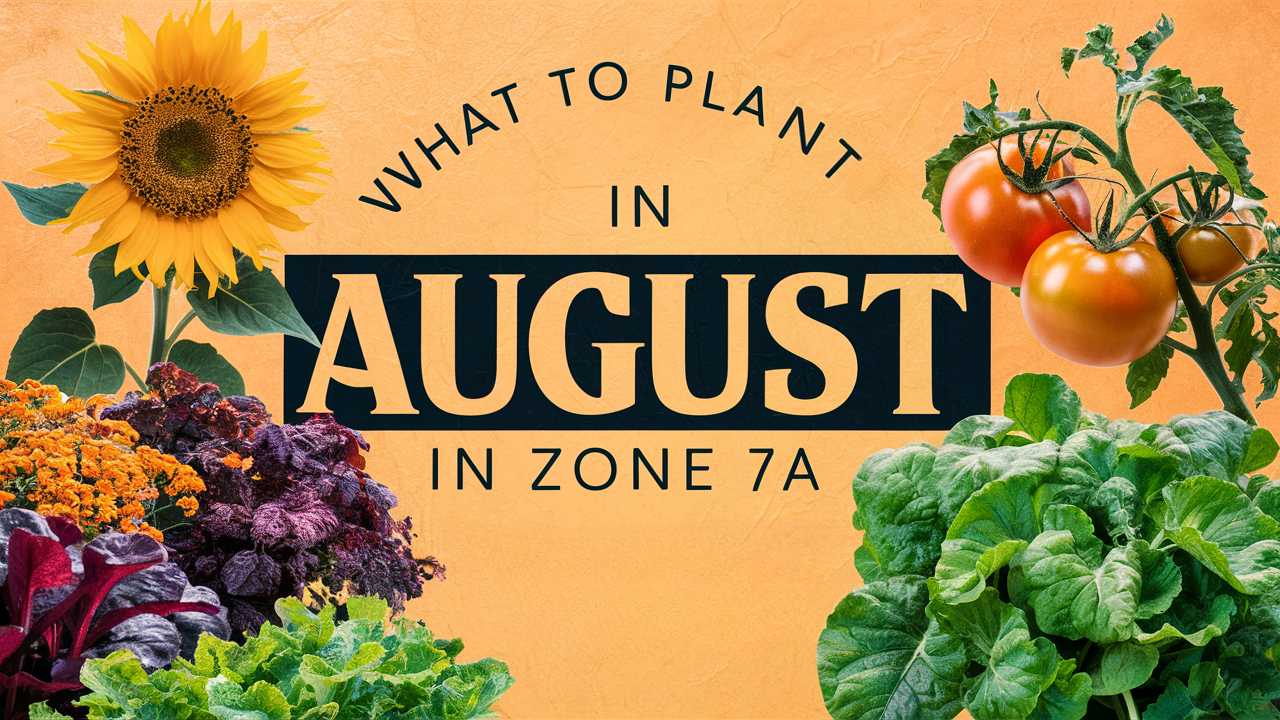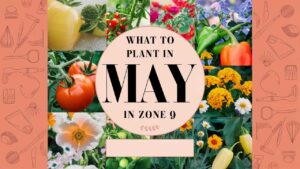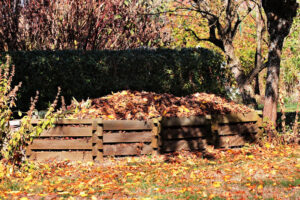This guide will walk you through different categories of plants perfect for August planting in your Zone 7a garden, detailing their temperature tolerances, ideal planting dates, and unique characteristics.
Vegetables To Plant
August is a fantastic time to start a second crop of cool-season vegetables. With temperatures perhaps starting to cool down slightly as summer wanes, many vegetables thrive when planted now, ensuring a bountiful harvest in the fall.
Broccoli
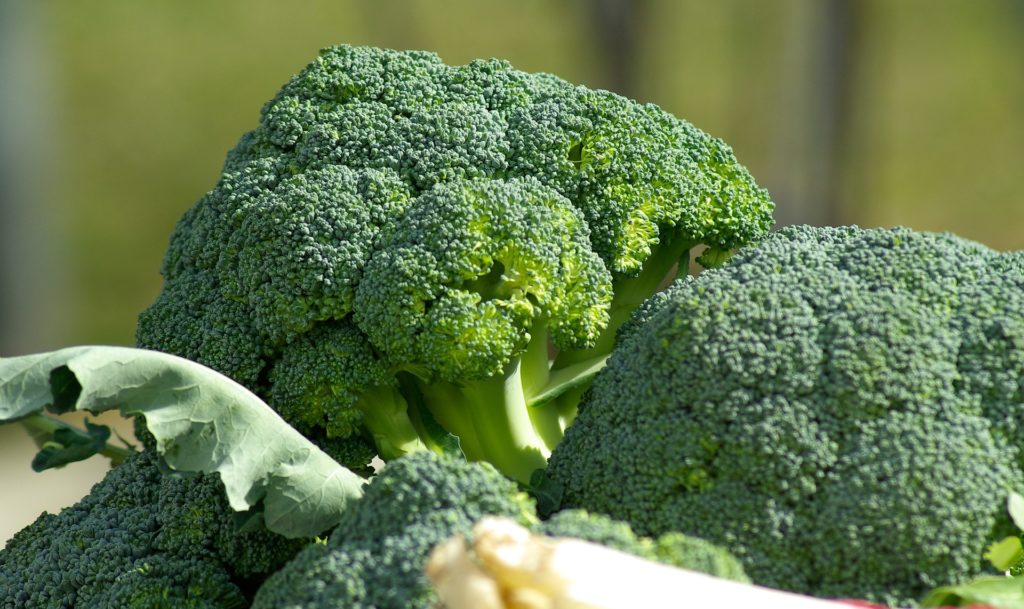
Broccoli is a cool-season vegetable that thrives in the rich soils of Zone 7a. It is best planted from mid-July to late August. Broccoli prefers temperatures ranging between 60°F to 70°F and struggles with extreme heat, making August a perfect time to establish this nutritious crop. Sow seeds directly into the garden bed about ½ inch deep, or start them indoors and transplant them for a more controlled environment. Once established, broccoli can resist temperatures down to 20°F, allowing you to harvest into late fall.
Beets
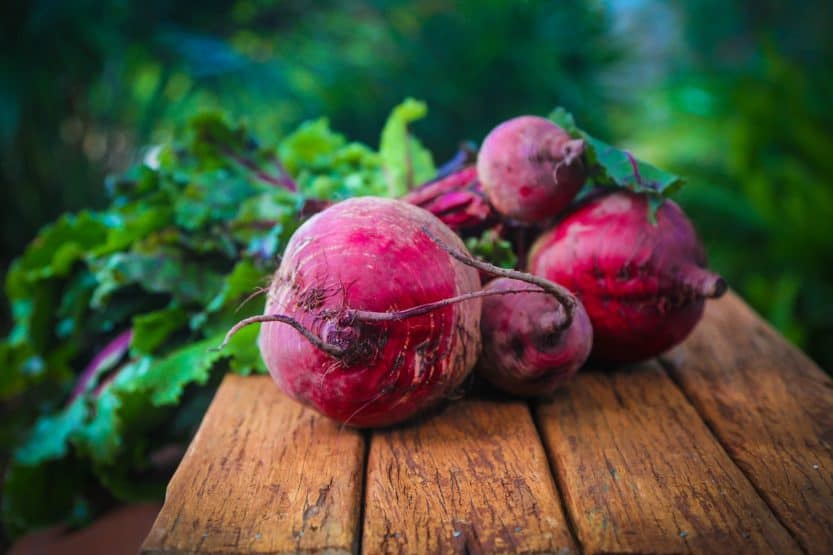
Beets are another excellent option for late summer planting. They perform well when sown in August because they germinate best in soil temperatures between 50°F to 86°F. In Zone 7a, you can direct sow seeds 1 inch apart and about ½ inch deep. Beets grow quite quickly—within 8 weeks, you’ll be able to enjoy tender roots and vibrant greens. Additionally, beets can tolerate frosts, making them a good choice for late summer sowing.
Spinach
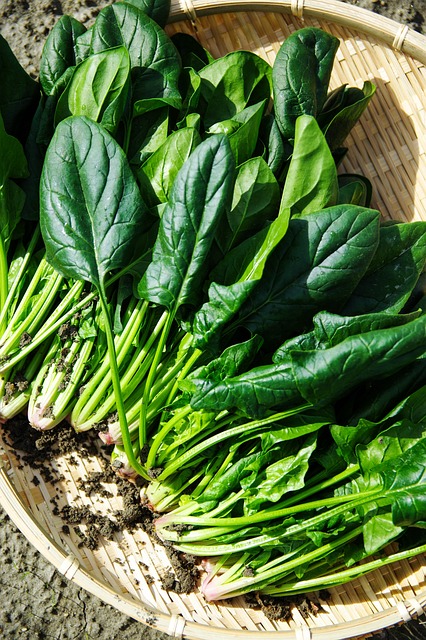
Spinach is a cold-hardy leafy green that you can plant in August to take advantage of cooler temperatures. It germinates best in soil temperatures around 50°F to 75°F. Direct seed your spinach about ½ inch deep and 2 inches apart for a robust harvest come fall. Spinach can survive light frosts, and it’s even sweeter after a frost, making this an excellent choice for fall gardening.
Radishes
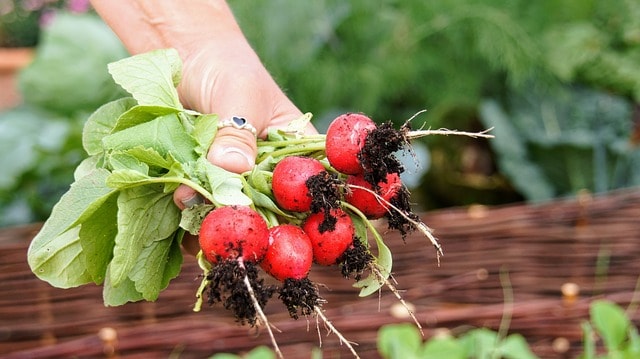
Radishes are among the fastest-maturing vegetables, which makes them ideal for August planting. They prefer cooler weather and can be sown as late as 6 weeks before the first frost. Plant radishes by burying seeds about ½ inch deep and 1 inch apart. They grow well in loose, well-drained soil and can tolerate temperatures down to 30°F. Varieties like ‘Cherry Belle’ can reach maturity in just 25 days, perfect for a quick summer-to-fall transition.
Carrots
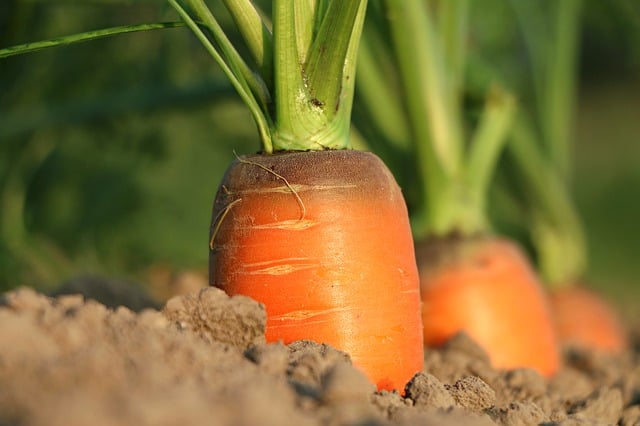
August is an excellent time to sow carrots in Zone 7a. They thrive in deep, loose soil and prefer temperatures between 55°F and 75°F. Plant seeds about ¼ inch deep, giving them enough space for air circulation. Carrots can withstand light frosts, which makes them suitable for fall harvest. After a few weeks, thin the seedlings to ensure they have room to grow fat and sweet.
Lettuce
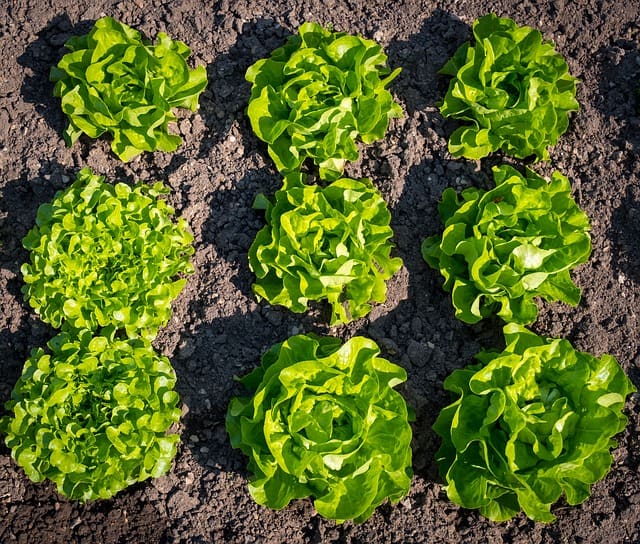
Lettuce can be continuously grown in cooler weather, so August is an appropriate time to plant salad greens. Sow seeds directly in the ground about ¼ inch deep. With proper spacing, you can enjoy multiple harvests. Varieties like butterhead and loose-leaf are easier to manage and grow quickly. Leaf lettuce can handle a light frost, enhancing its flavor as temperatures drop.
Kale
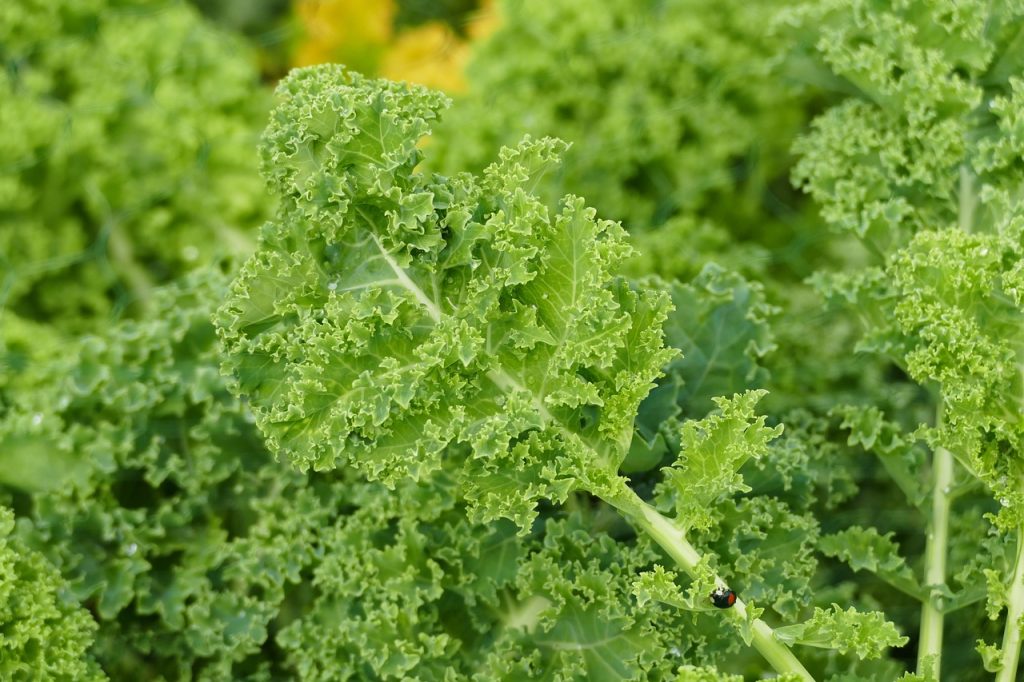
Kale, known for its hardiness and nutritional value, can be a delightful addition to your late summer planting list. Directly sow seeds in well-drained soil around ½ inch deep. Kale grows best in cooler weather, ideally between 55°F and 70°F, which makes August an excellent planting time. It’s tolerant of frost, making it an excellent choice for extending your gardening season into late fall.
Swiss Chard
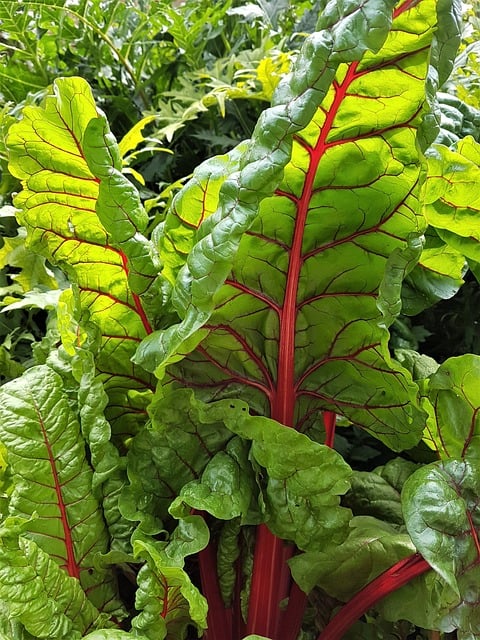
Swiss chard is a versatile leafy green that can thrive in a variety of conditions. It’s best seeded in August, allowing it to mature as fall approaches. Plant chard seeds about 1 inch deep and harvest the leaves whenever they reach a desirable size. Like kale, Swiss chard can tolerate cool weather and even frost, providing continued production into the cooler months.
Turnips
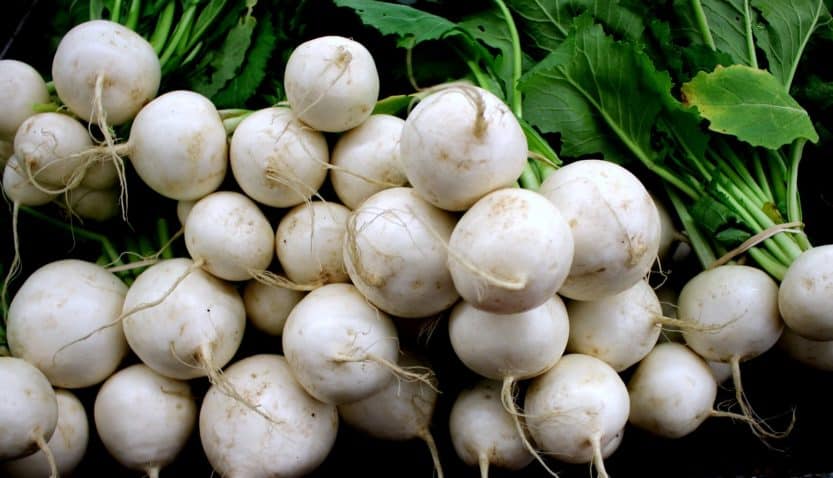
Turnips are another root vegetable that can be sown in August. They enjoy cooler temperatures, germinating best in 60°F to 70°F. Unlike other root vegetables, turnips grow rapidly and can be harvested within 30-60 days. Plant them by scattering seeds about 1 inch apart and light-covering with soil. Cold-tolerant, they can withstand temperatures down to 20°F.
Garlic
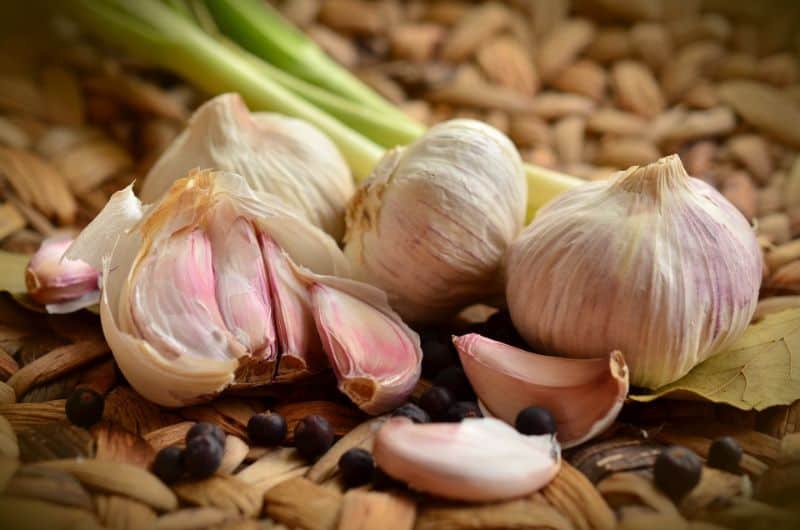
Although garlic is usually planted in the fall, August is an excellent time to select your garlic varieties and prepare your bed. Ideally, you want to plant garlic cloves in the ground around October, but August can be used for preparation. Soil temperature between 50°F and 60°F is ideal for garlic growth, and they thrive in well-draining soil rich in organic matter.
Flowers To Plant
Planting flowers in August can extend the color and beauty of your garden well into the fall. Choose from a variety of annuals and perennials that will bloom in the cooler months, bringing vibrancy to your landscape.
Mums (Chrysanthemum)
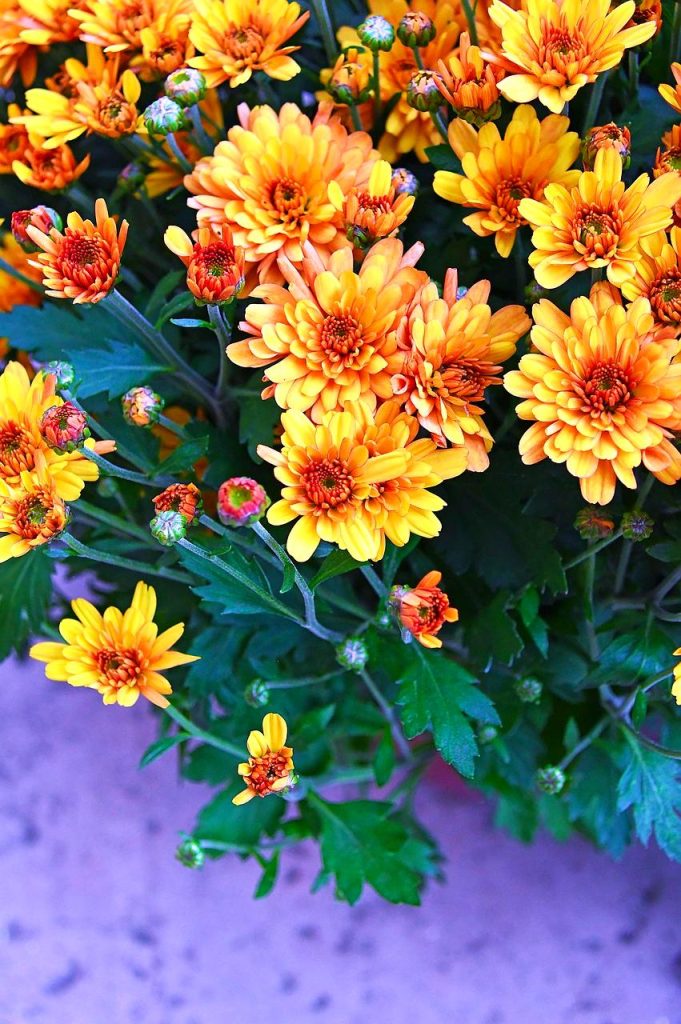
Chrysanthemums, or mums, are iconic fall flowers that thrive in cooler temperatures. August is the perfect time to plant them, as they prefer to be established before the hotter days of late summer. Plant them in a sunny location with well-drained soil. They can tolerate temperatures as low as 20°F once established and explode with color as the nights grow cooler.
Pansies
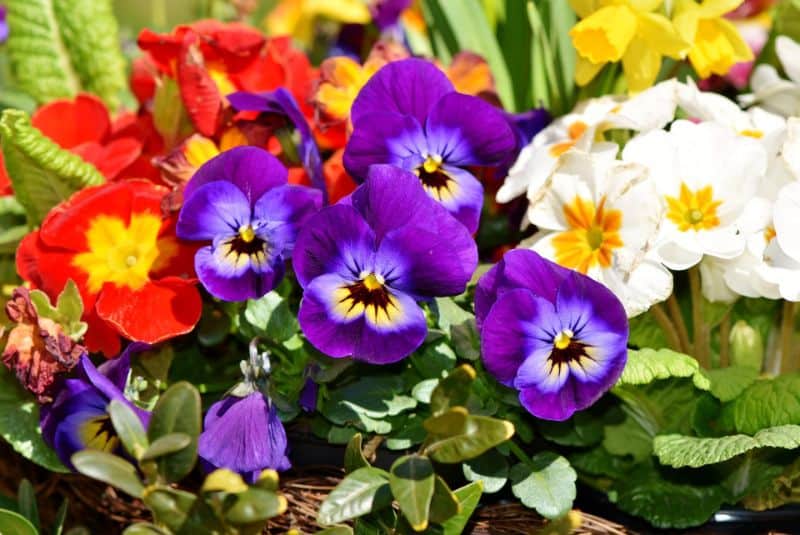
Pansies are a favorite for fall color and can be planted in late August. They thrive in temperatures as low as 25°F, making them ideal for autumn gardens. These vibrant flowers thrive in well-drained soil and should be watered regularly. Their cheerful blooms can last well into winter’s chill, often surviving light snow.
Snapdragons
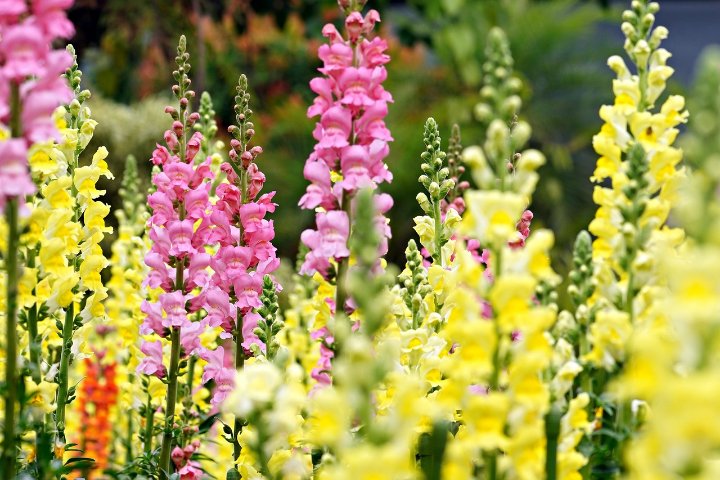
Snapdragons are cool-weather annuals that can be planted in late summer. August is suitable for sowing seeds directly into the garden or starting them indoors for transplanting. They thrive in temperatures of 60°F to 70°F, bringing a splash of color in cooler months. Snapdragons can tolerate light frosts, making them perfect for extending the gardening season.
Marigolds
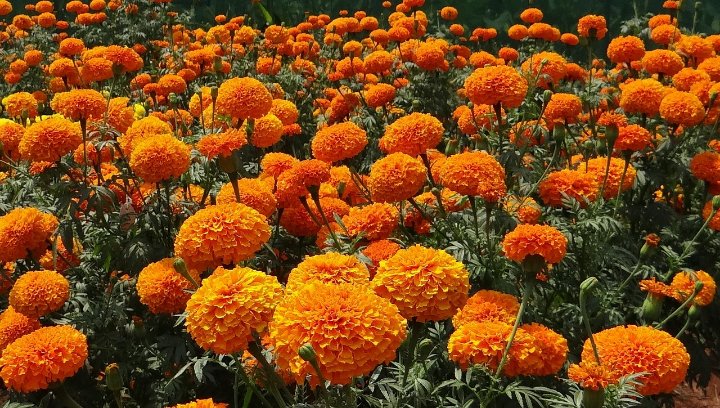
Marigolds, known for their pest-repelling qualities, can still be sown in August. They thrive in warm temperatures but can also handle cooler days later in the season. Plant seeds about ½ inch deep in well-drained soil for the best results. If planted early in August, they can provide blooms into the fall, making them great companions for vegetable plants.
Aster
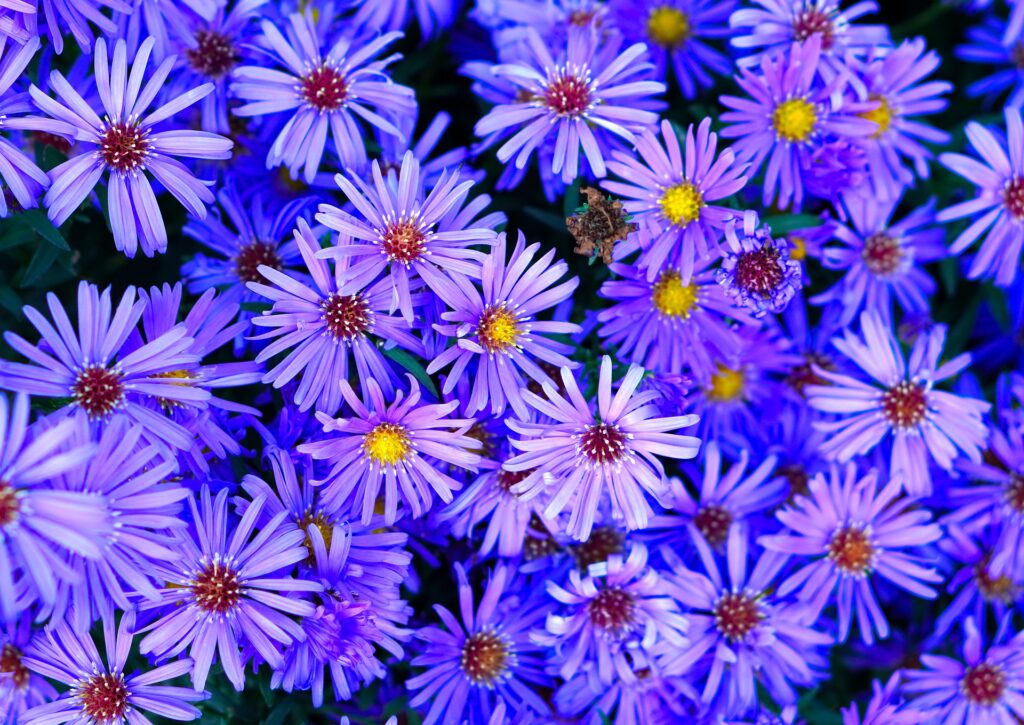
Asters are beautiful, hardy perennials with a late summer and fall blooming cycle. When planted in August, they will establish strong roots before the winter. Ideal for Zone 7a, asters flourish in sunny locations with well-drained soil. They can tolerate temperatures down to 20°F and will add much-needed color as many other flowers fade away.
Black-eyed Susan (Rudbeckia)
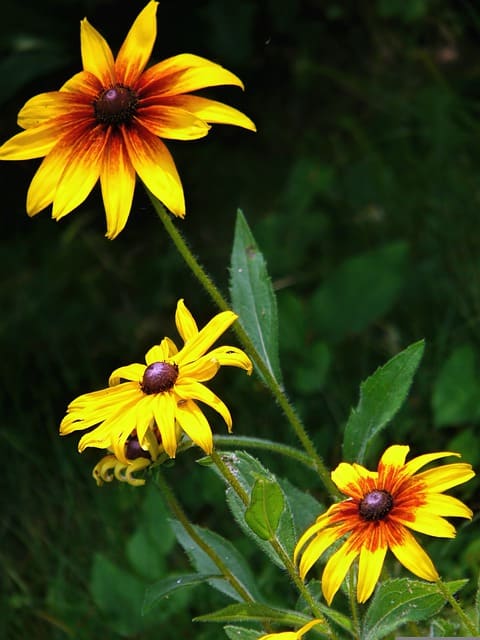
Black-eyed Susans are hardy perennial flowers that are a great choice for an August planting. These sun-loving plants thrive in well-drained soil and can tolerate some drought once established. They prefer temperatures ranging from 65°F to 75°F and will bloom from late summer into fall. Hardy in cold climates, they can withstand temperatures down to 0°F, making them perfect for your Zone 7a garden.
Feverfew
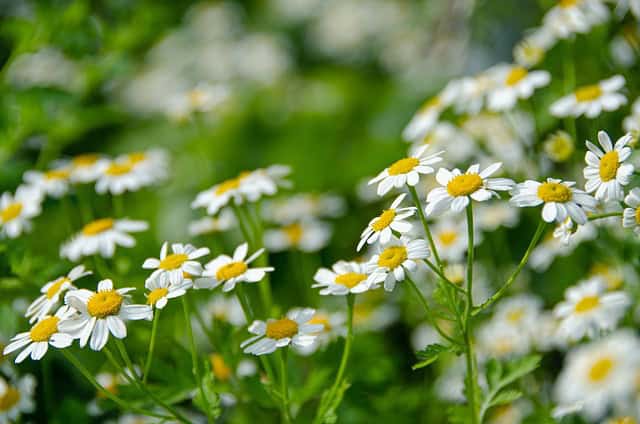
Feverfew is a lovely perennial that blooms from summer to fall, attracting beneficial pollinators. Plant them in late August for a stronger roots establishment before winter. They do well in average, well-drained soils and thrive in full sun. This hardy plant can tolerate temperatures as low as 15°F, making it a resilient choice for fall.
Ornamental Kale
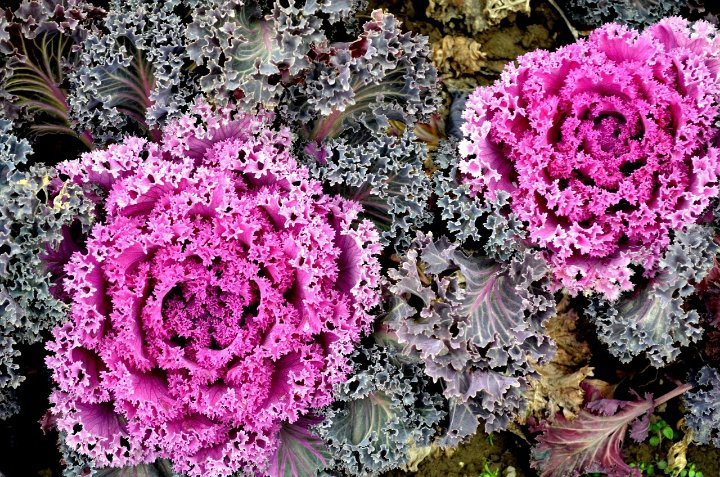
Ornamental kale isn’t just for aesthetics; it can handle cooler weather very well. Ideal for colorful edible landscaping, ornamental kale thrives in cooler temperatures and can be planted in late August. It’s best placed in well-drained, nutrient-rich soils and prefers temperatures around 45°F to 65°F. They can withstand light frosts, putting on a show of color as the fall deepens.
Sedum (Stonecrop)
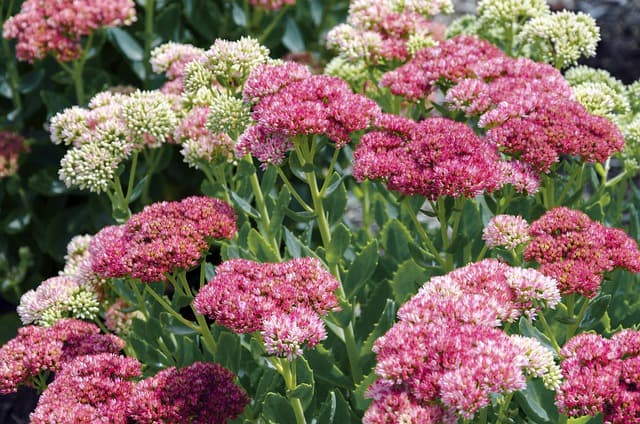
Sedums are succulent perennials that add unique texture to your garden. Plant sedum varieties in August for a fall bloom to enjoy. They are drought-tolerant once established and thrive in well-draining soil. These versatile plants can adapt to various soil conditions and can survive winters, making them a staple in Zone 7a gardens.
Herbs To Plant
August is a great time to plant herbs that will flourish in the cooler months and provide flavorful additions to your culinary endeavors. Many herbs thrive in Zone 7a, giving you numerous options to enhance your herb garden.
Cilantro
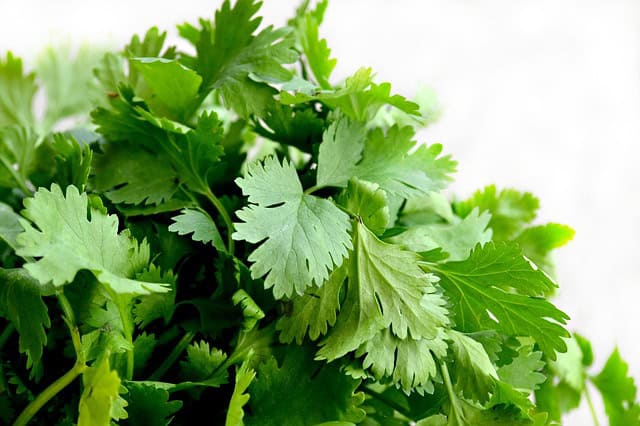
Cilantro, a versatile herb, is an ideal candidate for August planting. It prefers growing in cooler conditions, thriving in soil temperatures between 50°F and 80°F. Sow seeds directly in the garden about ¼ inch deep, ensuring they are spaced adequately for air circulation. Cilantro grows quickly and may bolt in excess heat, making fall a perfect time for this herb.
Dill
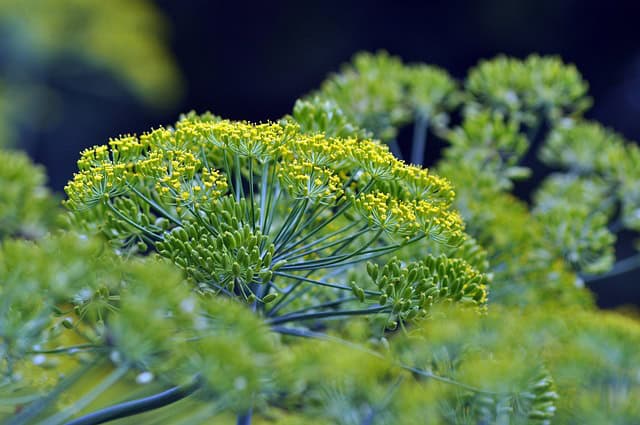
Dill is another herb that can be sown in August. It prefers temperatures between 60°F and 70°F and performs best when planted at least a few weeks before a frost. Sow seeds about ¼ inch deep and spaced appropriately. Dill is not only a culinary delight but also attracts pollinators like bees, making it a beneficial addition to gardens.
Parsley
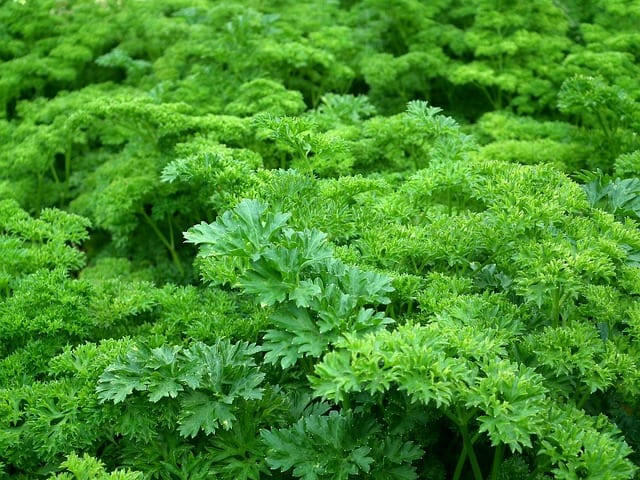
Parsley is a robust biennial herb that can be sown in August for a fall harvest. This herb prefers well-drained soil and moderate temperatures. It can withstand light frost, which helps deepen its flavor. Plant seeds about ¼ inch deep and keep them regularly watered for a healthy harvest. As it’s hardy, you can enjoy parsley throughout the fall and even into winter.
Chives
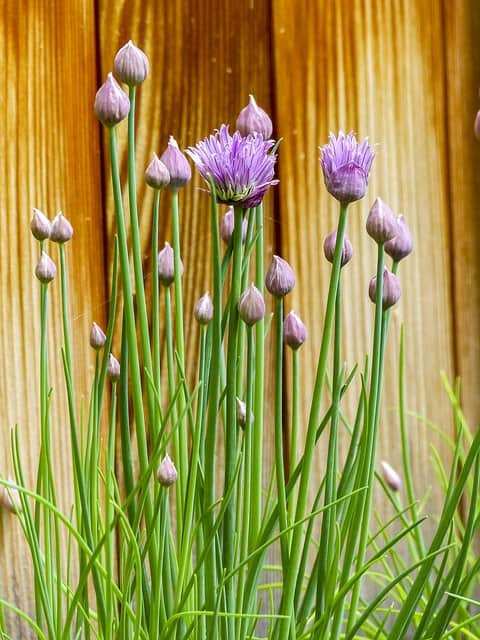
Chives are a perennial herb that can be planted in August, allowing them to establish roots before winter. These hardy perennials enjoy cooler temperatures and can survive light frosts, growing well in a sunny spot with well-drained soil. Sow seeds or transplants about 6 inches apart to allow room for spreading; you’ll enjoy their fresh flavor in culinary dishes.
Oregano
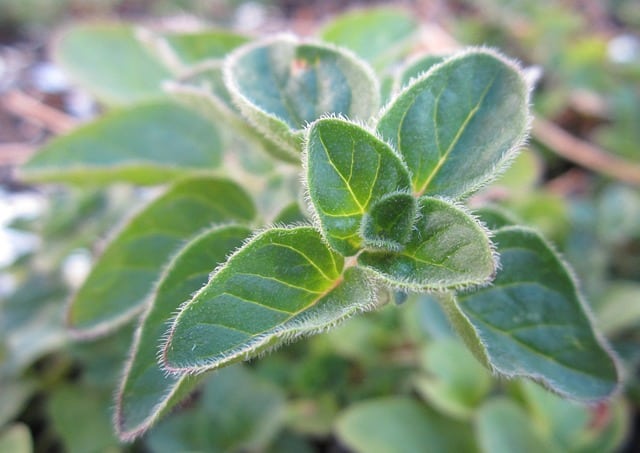
Oregano is perfect for planting in August; it thrives in warm conditions and can withstand cooler nights. This perennial herb is drought-tolerant and grows well in well-drained soil. It can be started from seeds about ¼ inch deep, or you can transplant established plants. Oregano can survive winter temperatures as low as 20°F, making it an excellent addition to your herb garden.
Thyme
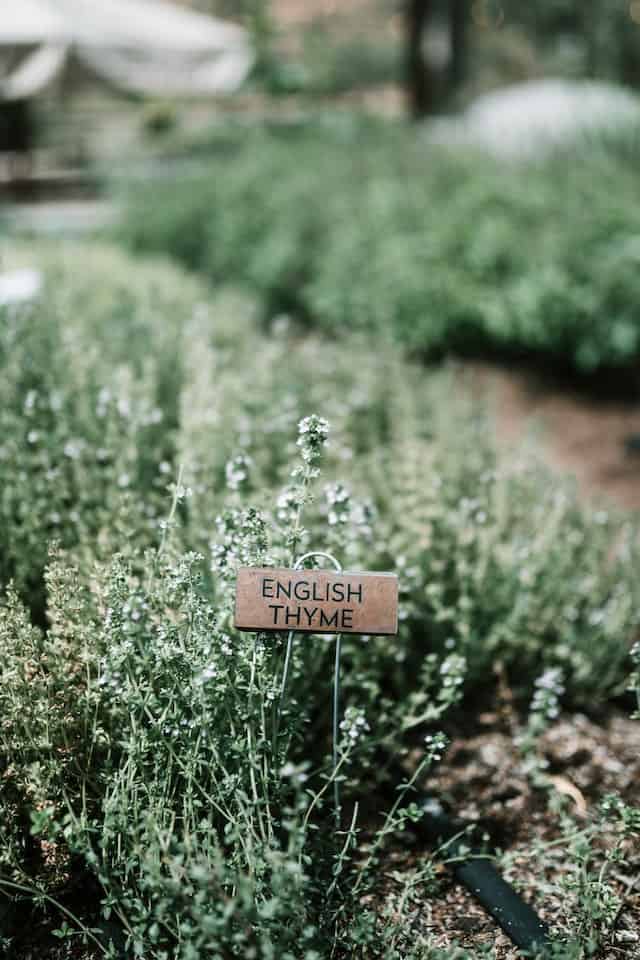
Thyme can be started in August, as it thrives in cooler temperatures. This perennial herb prefers well-drained soil in full sun. Plant thyme seeds about ¼ inch deep with proper spacing to promote air circulation. Thyme tolerates colder temperatures and can survive winter well, making it a reliable herb for year-round gardening.
Sage
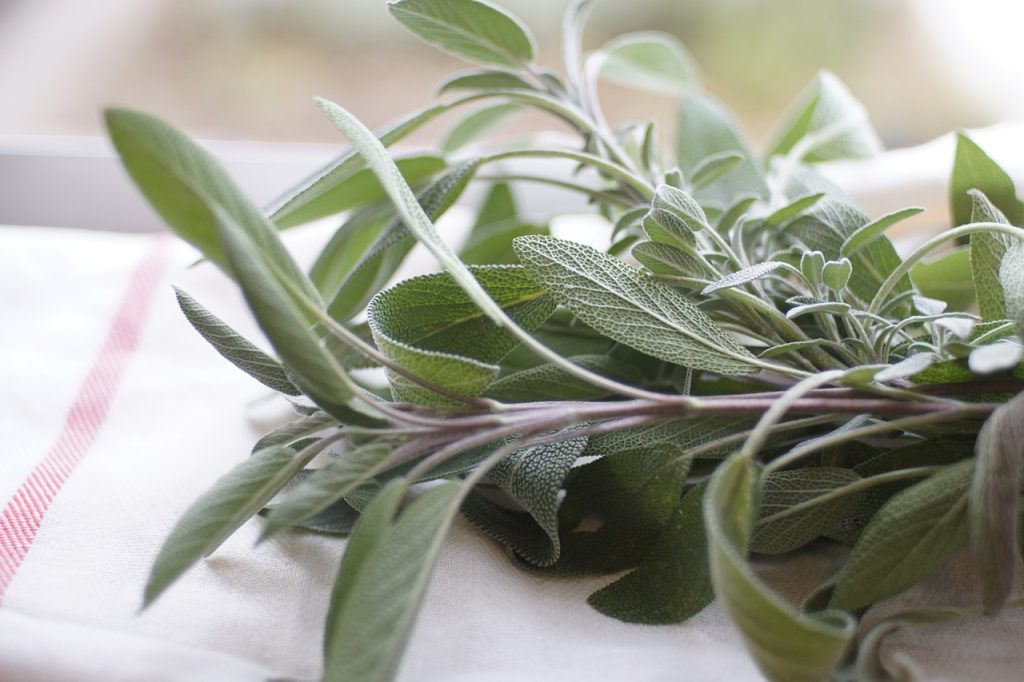
Sage is a hearty perennial herb that can be planted in August for a robust harvest in the fall. It thrives in moderate temperatures and well-drained soil. Plant sage seeds about ¼ inch deep, and enjoy its aromatic leaves in culinary dishes. Sage can survive harsh winters in Zone 7a and return each year to grace your garden with its presence.
Basil
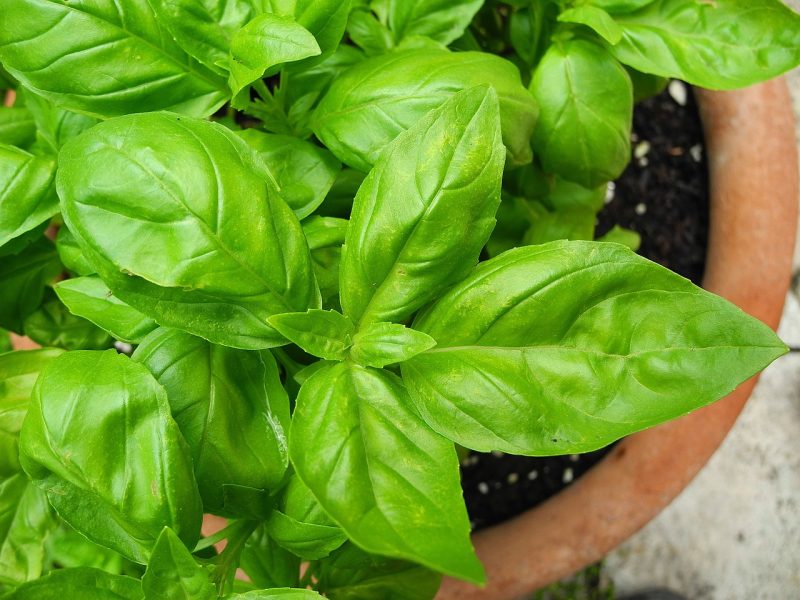
Basil can be tricky in colder months, but August planting works if you select the right varieties. Varieties like ‘Genovese’ can be sown until mid-summer; choose to sow in a sunny location with adequate drainage and keep mulch to retain moisture. Ideal temperatures range between 65°F to 80°F for optimal growth. As the nights cool, basil plants may not enjoy frost but can be harvested prior to first frost.
Mint
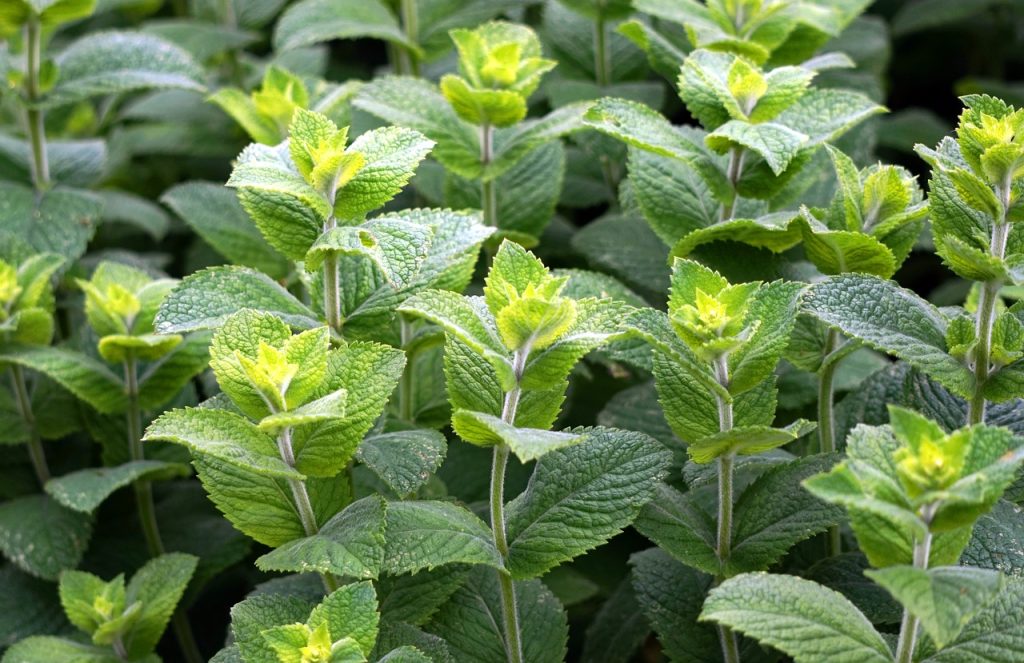
Mint is a hardy herb that can be productive even with minimal care. August is an excellent time to plant this perennial herb, ensuring it thrives until the fall. Mint prefers well-drained soils and can tolerate various conditions. Simply plant cuttings or seeds, and they will establish quickly. Mint is vigorous and can survive winter’s chill, often providing fresh leaves until snow covers the ground.
Tarragon
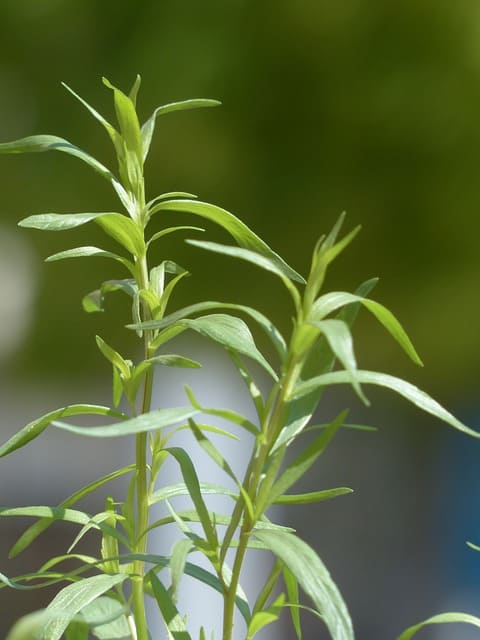
Tarragon is another robust herb that can be planted in August. It thrives in well-drained soil and slightly cooler temperatures. These perennial herbs can be started from seeds or cuttings. Plant about ¼ inch deep, keeping in mind that tarragon enjoys full sun. They can tolerate cold temperatures and will sprout in the spring, ready for your culinary delights.
Landscape Plants To Plant
Planting in August provides ample opportunity to enhance your landscape. Picking the right plants ensures your garden flourishes through the fall and can even lay the groundwork for the next spring.
Japanese Maple (Acer palmatum)
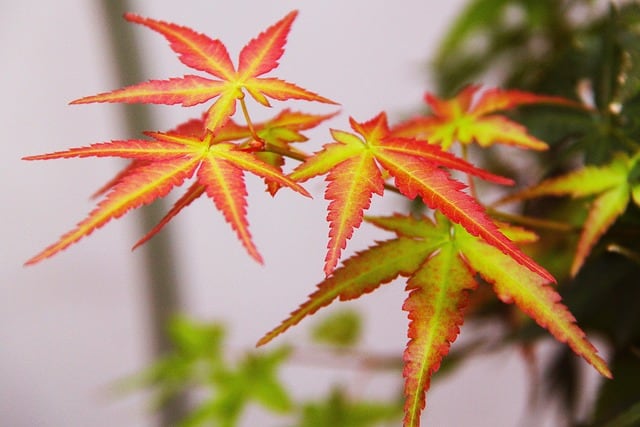
Japanese Maples are stunning deciduous trees well-suited for Zone 7a landscapes. Planting them in August allows the roots to establish before winter. They thrive in well-drained, slightly acidic soil and prefer partial to full shade. These trees can withstand temperatures as low as 10°F, providing a striking display of color in fall foliage.
Oak (Quercus)

Oak trees are hardy and long-lived, making them perfect additions to any landscape. They tolerate various soil types and, when planted in August, can establish their roots in time for winter. Oaks thrive in sunny locations and can withstand extreme cold, making them excellent contributors to soil enrichment and wildlife habitat.
Hydrangea
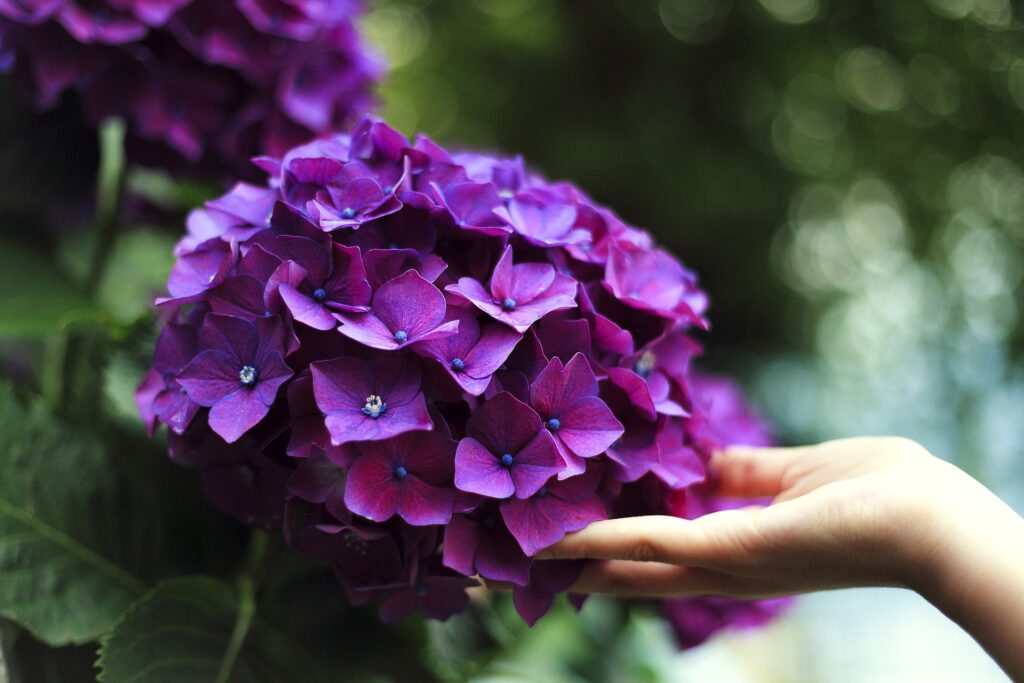
Hydrangeas are popular flowering shrubs perfect for adding color and texture to your garden. With a variety of species available, these shrubs thrive in well-drained soil and prefer partial shade to full sun. Planting in August allows them to root before the frost, and they can tolerate temperatures down to 20°F, coming back vibrant in the spring.
Elderberry (Sambucus)
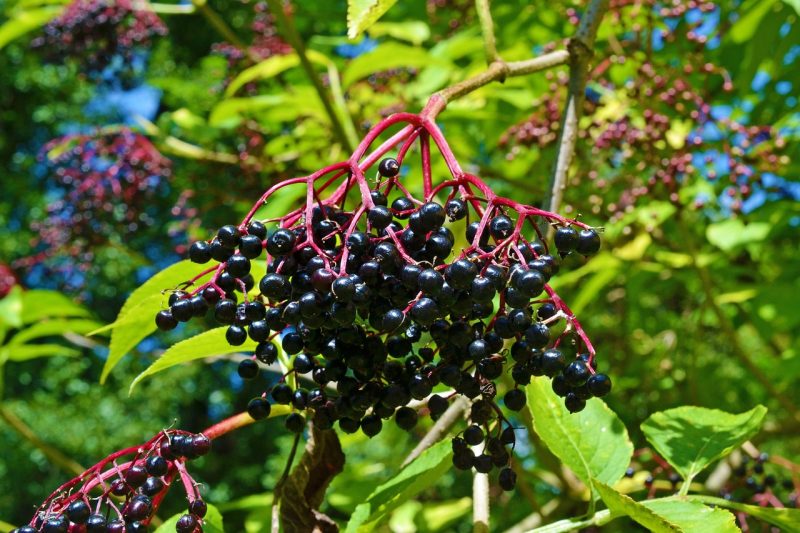
Elderberry bushes are known for their beautiful flowers and delicious berries. August is an ideal time to plant them, as they thrive in well-drained soil and can handle drought once established. They can tolerate cold temperatures well and provide food for pollinators and wildlife, making them productive additions to your garden.
Witch Hazel
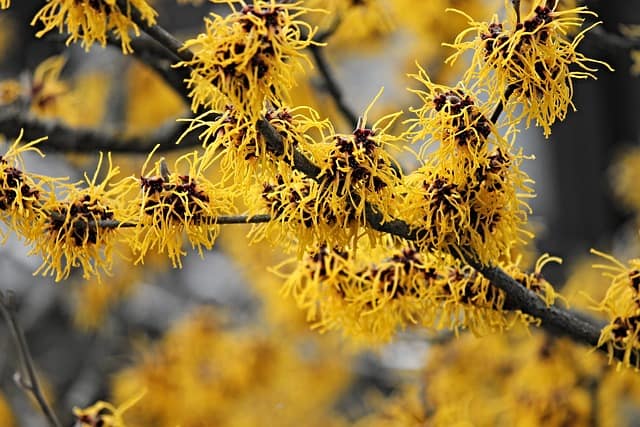
Witch hazel is a unique shrub that blooms in late winter to early spring. It prefers well-drained, slightly acidic soil and can be planted in August to establish roots. This hardy plant can withstand temperatures down to -10°F, making it an attractive, durable landscape option that adds interest throughout the seasons.
Red-twig Dogwood

The Red-twig Dogwood is a standout in winter landscapes with its striking red branches. Planting in August allows adequate time for the roots to establish. They prefer wet soils and thrive in sun-to-part-shade conditions. Also cold-hardy, they can withstand temperatures down to -20°F.
Boxwood
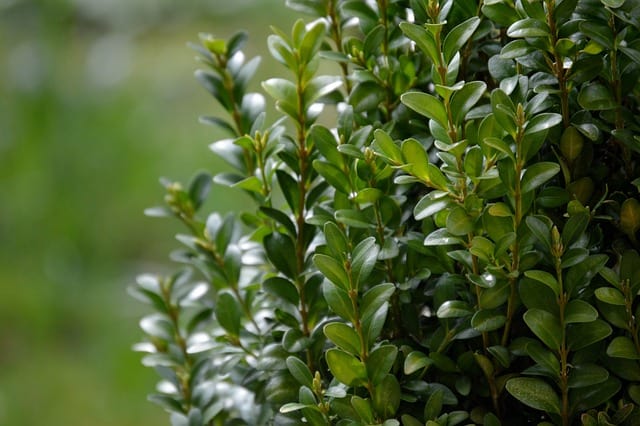
Boxwoods are evergreen shrubs that can be planted in August, making them a fundamental part of many garden designs. They thrive in well-drained soil and partial shade and can endure temperatures down to 0°F. Boxwoods maintain their lush green foliage through winter, providing year-round structure.
Lavender
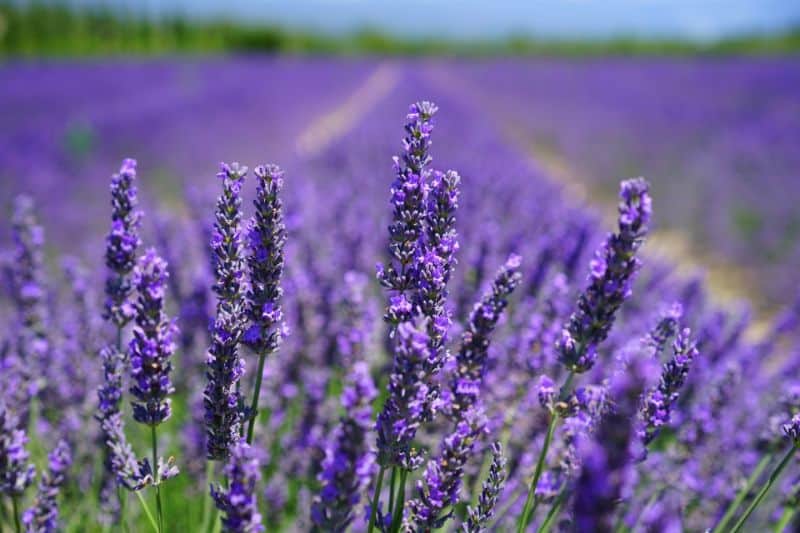
Lavender is a fragrant perennial herb that can double as a landscaping plant. Planting in August allows lavender to develop strong roots before winter. It requires well-drained, sandy soil and thrives in sunny environments. Lavender is drought-resistant and can handle temperatures as low as -10°F, making it a tough yet beautiful addition to your landscape.
Coneflower (Echinacea)
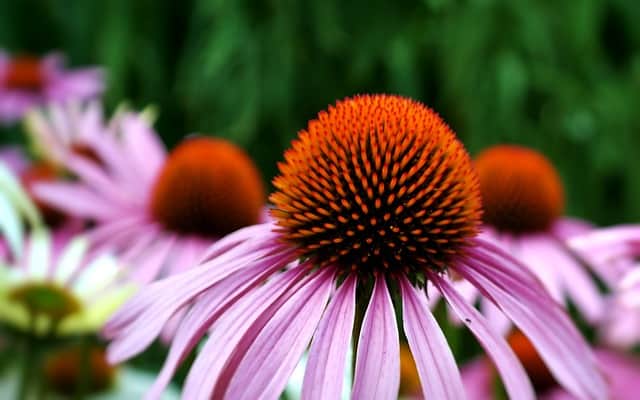
Coneflowers are resilient perennial plants ideal for August planting. They tolerate poor soils and thrive in full sun, making them easy to grow. Coneflowers can withstand temperatures down to 0°F, providing vibrant blooms and attracting pollinators. Their drought tolerance makes them a low-maintenance landscaping option.
Astilbe
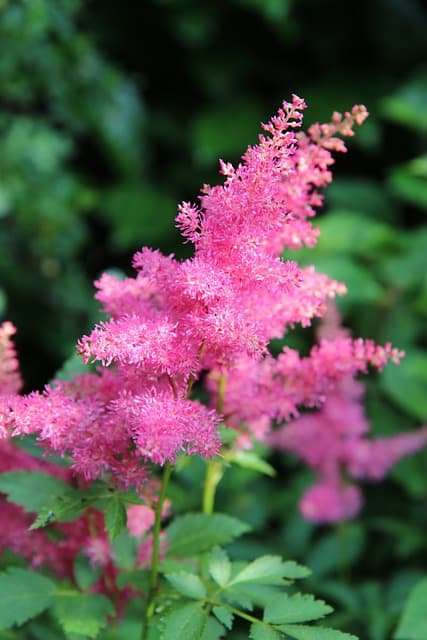
Astilbe is a beautiful perennial that brings vibrant colors and textures to shady areas of your garden. Planting in August allows them to establish roots before winter’s chill. They thrive in well-drained, moist soils and appreciate partial shade. With a hardiness to withstand frost as low as -40°F, astilbe is an enduring addition to your landscape.


